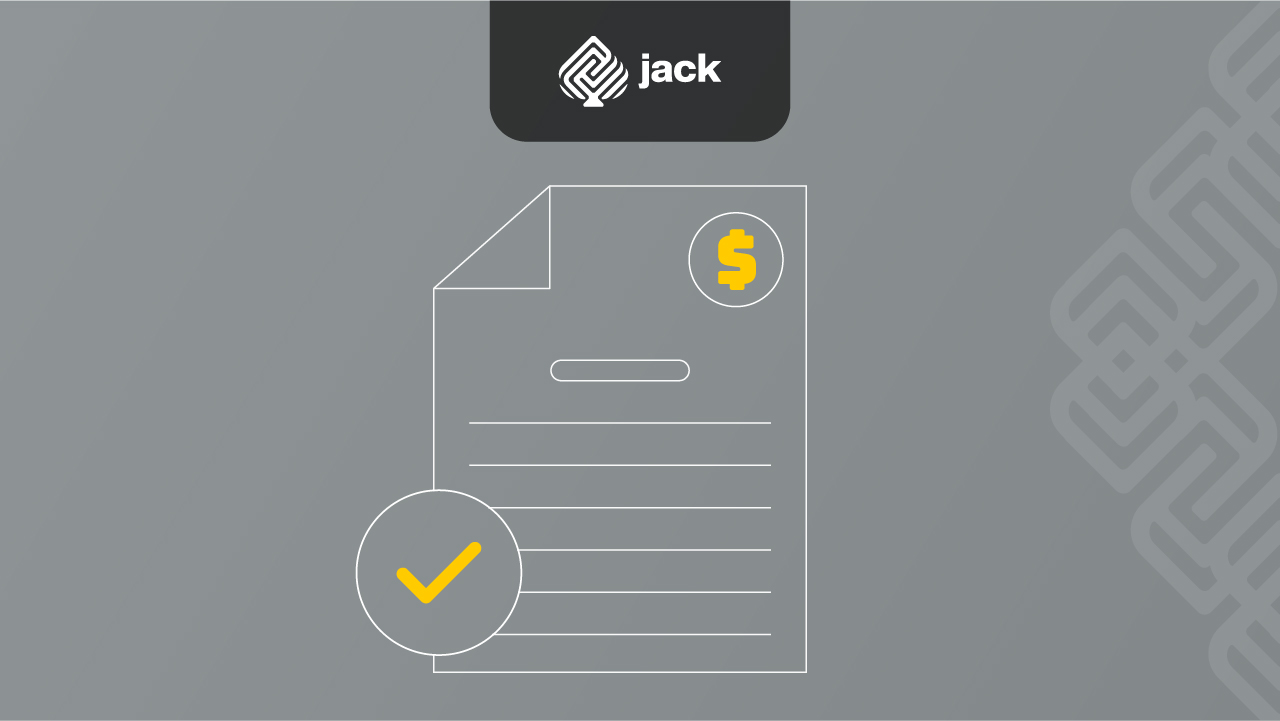We can agree that regardless of the size of a business, whether it’s a large company or an SME, proper financial management is crucial. This is because financial management is one of the important factors in the growth of a business.
In the operation of a company, there is often a need for small amounts of funds for daily routine needs. Examples include consumables, office supplies, and various other necessities. To meet these needs, the company requires a fund called petty cash.
What is petty cash for business and how do you manage its transactions? To understand more clearly, let’s look at the various explanations below.
Definition of Petty Cash

Petty cash, also known as petty cash, is a fund used for financing a company’s operational expenses or activities. This type of cash is used to fund small-scale expenditures incurred by the management. Examples include funds for meeting refreshment needs during meetings or funds for office supplies.
As someone entrusted by the management to manage petty cash, the secretary should be able to organize and plan the use of these funds. They need to maintain financial records that are subsequently recorded by the company’s finance department. The financial management of petty cash is handled by the Secretariat Bureau or entry-level finance personnel for cash expenditures.
The Purpose of Petty Cash

There are several purposes for having petty cash in a business, which are as follows:
- Handling office equipment/supplies issues faced by a particular department in the office.
- Avoiding uneconomical and impractical payment methods for relatively small and sudden expenses.
- Easing the burden on staff in providing optimal service to customers and business relations, including the management.
- Expediting the activities of superiors who require sudden and unplanned fund disbursements.
Join Us and Experience The Ease of Putting Your Finances On Autopilot
Managing Petty Cash Transactions for Business

To understand how to manage petty cash transactions for business, let’s discuss the following points:
1. Establish a Balance
From the outset, the management is required to determine the balance for petty cash funds. It should be adjusted based on the company’s needs within a specific period of time. The amount of this balance is determined based on the company’s needs or the office itself.
This determination is also based on the calculation of the Budget Plan or Estimated Cost Plan. Thus, the petty cash funds will not be excessive or insufficient, but sufficient to meet the operational needs of the office.
2. Designate a Petty Cash Custodian
Since the management of petty cash is a routine task, not everyone can perform it. There must be someone responsible for managing it, known as the petty cash custodian. Once a custodian is appointed, it is advisable for the management to provide training and guidance on the procedures for managing petty cash.
Some criteria for a petty cash custodian are as follows:
- Honesty
- Consistency
- Understanding the basics of Accounting
- Proficiency in MS Office programs such as Excel
- Ability to manage transactions
In the future, employees in need of operational funds will directly liaise with the operational treasurer. For small companies, there may be one finance department that handles petty cash matters. In larger companies, there is typically a professional finance team responsible for managing the company’s overall needs, including operational funds or petty cash.
3. Fund Refilling
Once there is someone responsible for managing petty cash, the finance department will withdraw funds from the bank to replenish the petty cash fund. The money is then handed over to the petty cash custodian. To provide proof of receipt, the custodian needs to recount the funds and sign a receipt.
If the balance is nearly depleted before the expected timeframe, the custodian needs to request a refill from the finance department. This is done to replenish the funds.
4. Using Petty Cash Funds
The petty cash custodian is only allowed to make payments for approved purchase requests by the finance department. The transaction activities can be recorded by the custodian in a journal. Of course, the use of petty cash should be done carefully and according to the company’s needs. Financial payments also require written evidence such as invoices, receipts, transfer receipts, and others.
Therefore, the availability of petty cash does not happen instantly; it goes through several stages as mentioned above. The amount of petty cash is also determined not by desire but by the needs of the company itself.
Methods of Managing Petty Cash

For petty cash management, there are two methods that you can use. These methods will be explained below.
1. Fixed Method
The first method is the Fixed Method, which is a method of recording petty cash when the amount in the petty cash account remains constant. When cash expenditures occur, the petty cash holder does not immediately record them in the petty cash journal. All transaction receipts are collected first.
2. Variable Method
Next, there is the Variable Method. This method is used for refilling and controlling petty cash when the amount fluctuates or corresponds to the needs. This system does not require a predetermined amount for the petty cash.
For example, when establishing the policy, the company sets the initial amount of petty cash at $5,000. Then, it is used according to the needs and refilled as necessary.
If the company uses the fixed fund system, the petty cash amount must match the initial balance. However, in the variable fund system, the refill amount does not have to be the same as the initial balance. It can be less or more.
Use Jack for your business needs.
That’s how you manage petty cash transactions for your business. From the above explanations, we can see that managing petty cash transactions is crucial in the business world. We hope this information is beneficial.






